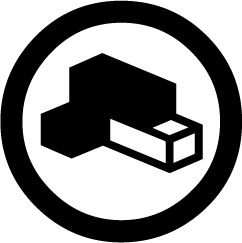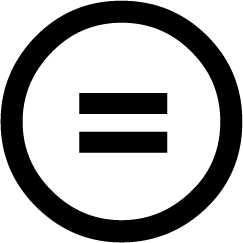EUROPEANA


Europeana.eu is the largest open archive in Europe about any sort of digitized artworks, artefacts, books, videos and sounds from across Europe. Since November 2008, the platform has been collecting artworks from thousands of museums and institutions.
The philosophy of this project aims at enabling people to use and explore the european cultural heritage which is therefore released under more or less restrictive common licenses.
"We wrote these licenses so that lawyers and courts could read them. Then we translated them into a language that YOU can read"
Lawrence Lessig
(Creative Commons founder)
In 2002 the legal expert Lawrence Lessig founded Creative Commons, a system of licenses helping people in both legally sharing and using knowledge or creative artworks. This was possible thanks to the full potential of the Internet and its always growing network. Works can be released upon four different conditions, from the combination of which derive the six CC licenses, that have different levels of freedom accorded.
Permissions

share

remix
Conditions

attribution

share alike

no commercial

no derivatives
Each european country is contributing to the growth of the open cultural heritage of the platform. The most contributing ones are Netherlands (5,8 million artworks), followed by Norway (5 million), and then France (4,5 million), Spain (4,2 million) and Germany (4,1 million). Clicking on each country you can see the details such as licenses used and artworks typology.
There is a clear tendency to use a certain license for specific typology of works. Texts are mainly uploaded without license (public domain), but a smaller part uses RR-FA license or the two most restrictive Creative Commons licenses. On the other hand images are mainly uploaded using the RR-FA license, relying less and less on the slightly more open CC licenses.
Below you can see the European countries plus Norway ranked from the most contributing country to the least one. Each colored circle represents a museum and hovering it will display the number of artworks it has. The size of the circle represents the number of artworks.
Europeana uses a wide range of licenses, all distinguished by their different degree of restrictiveness. These licenses are not distributed evenly, it is indeed possible to note a strong polarization of their usage across all the different types of content available on the portal. Most of the images available on Europeana use the RR-FA license, which is the most restrictive license available, while texts are often made available in a completely open way (public domain). Creative Commons licenses, introduced in 2002, have not yet found widespread use across all of the types of artworks. The progressive digitization of works of art and the open culture philosophy clash with the tendency to use restrictive licenses. While the open culture philosophy is pushing for a widespread democratization of knowledge the usage of those kind of licenses tends to slow down the whole process.
All the data displayed in this website was obtained through the Europeana API in the month of October 2016. The aggregated data as it was used is available here.